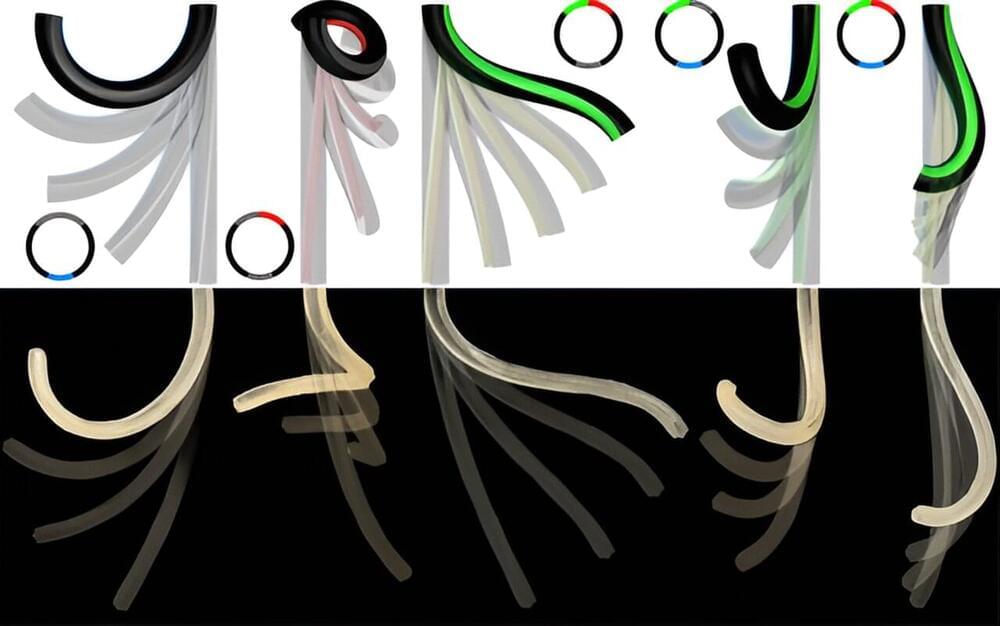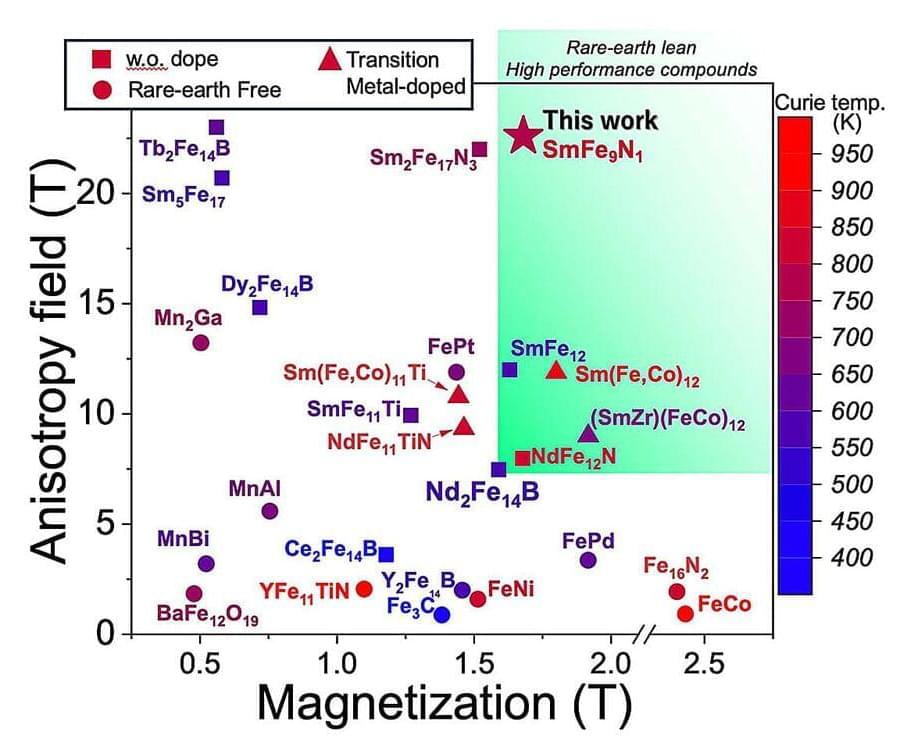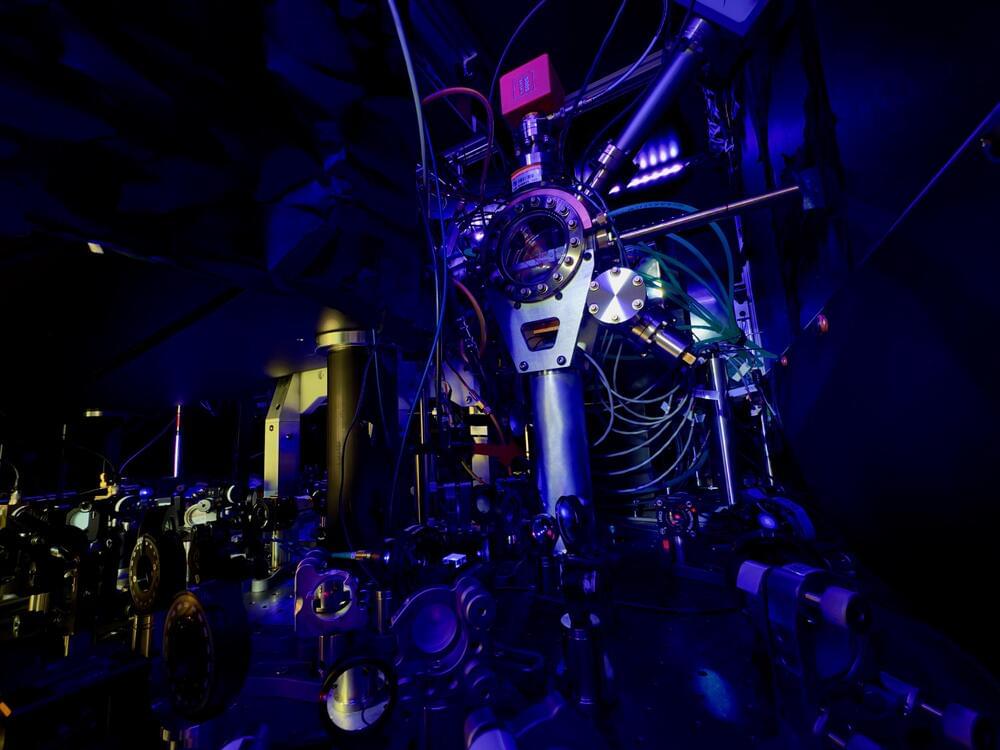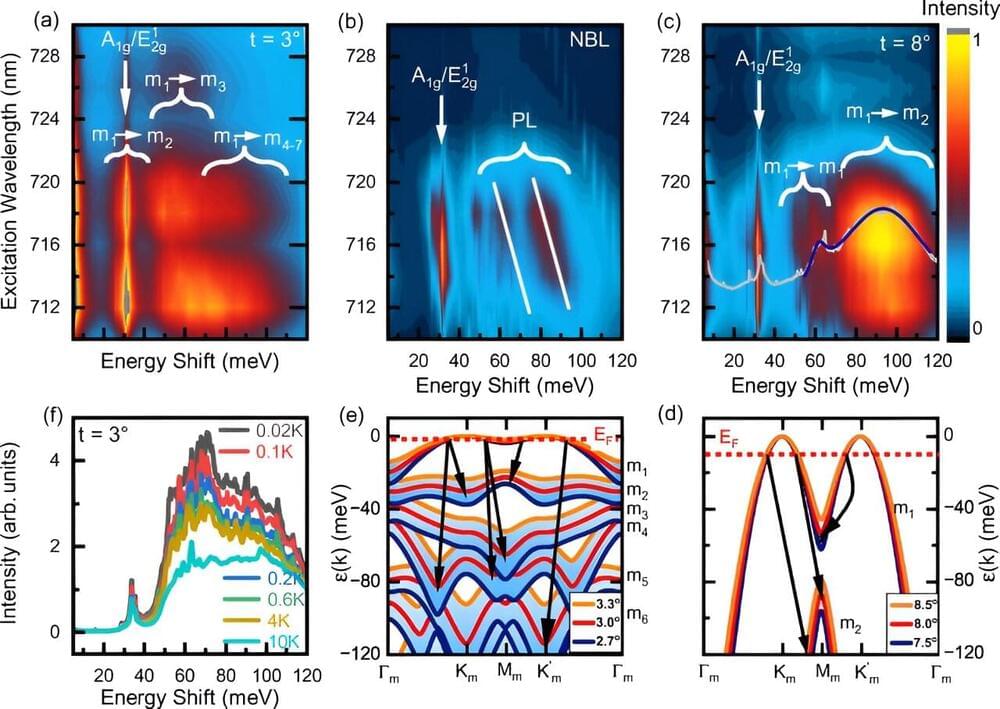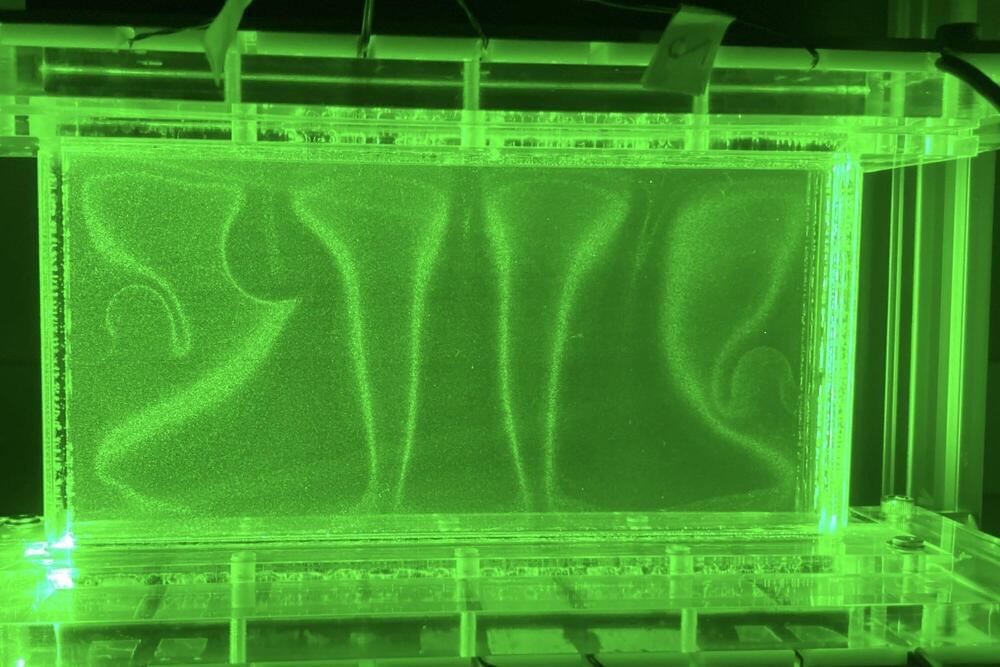Fans of perovskite solar cell technology have been promising the moon, and stakeholders are increasingly confident that it will deliver. Among them is Toyota, which has just tapped its Woven Capital branch to put down a 5.5 billion yen stake in the perovskite solar startup EneCoat Technologies. If you’re thinking the solar-powered electric car of the future is coming, that’s a good guess, because EneCoat lists mobility applications among its areas of focus.
New Solar Cells For The Solar Car Of The Future
The idea of pasting solar cells on an electric vehicle seems reasonable enough. The surface area is relatively small, but a typical car can spend many hours outside, baking in the sun. The advantage would be less reliance on EV charging stations, and more use of free energy from the sun.

